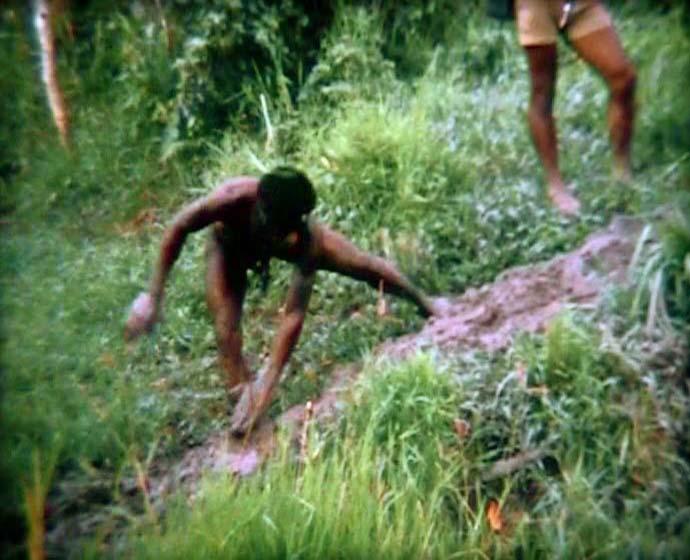

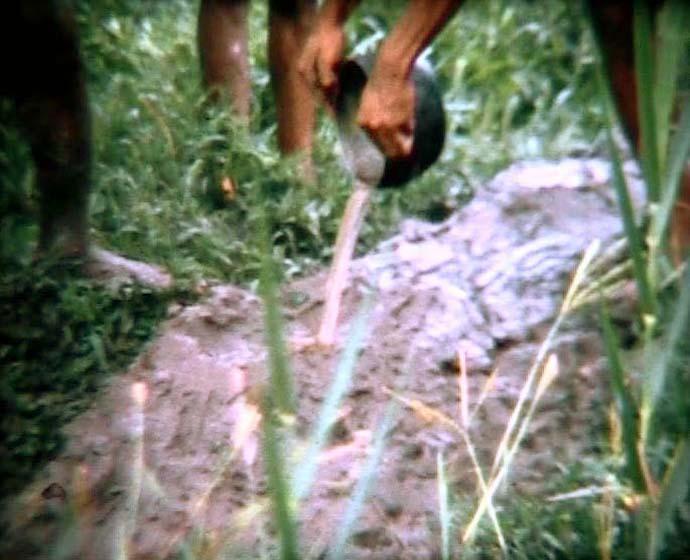

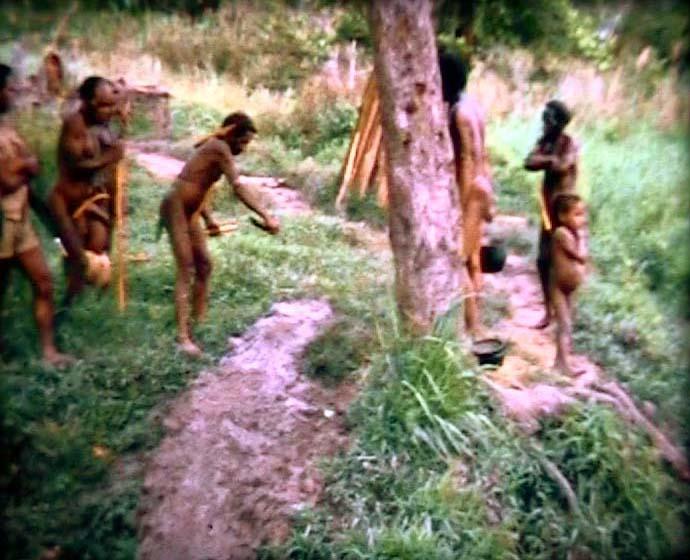

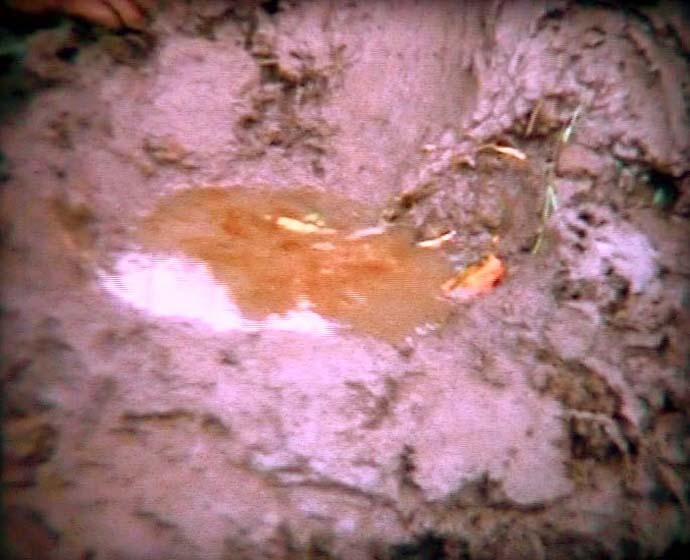

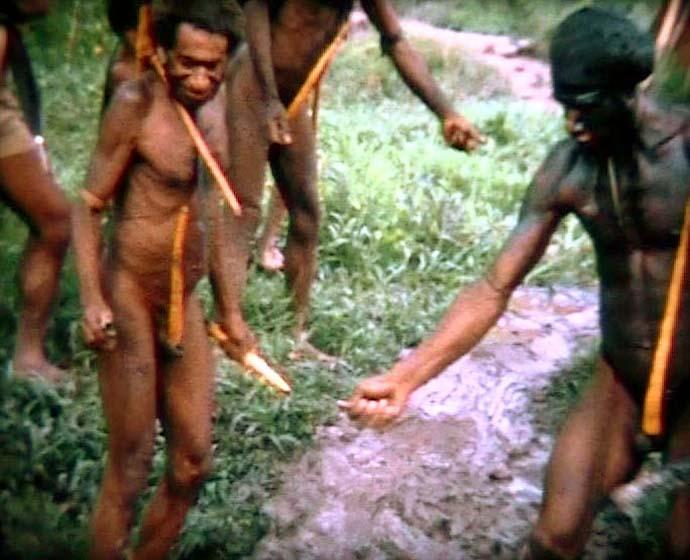

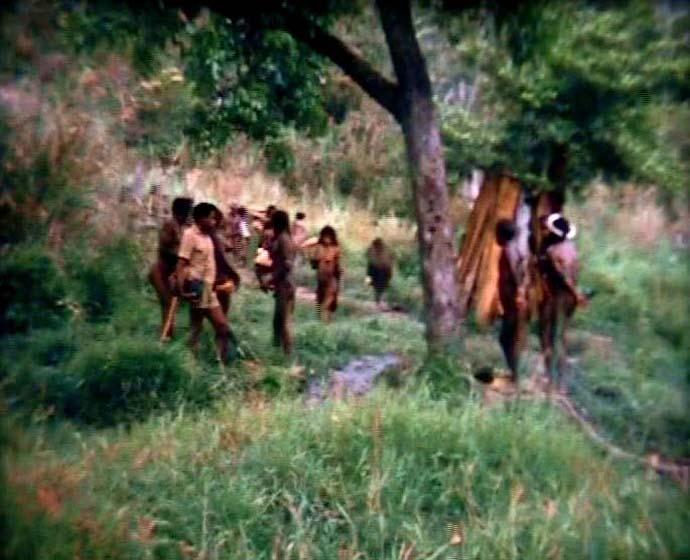

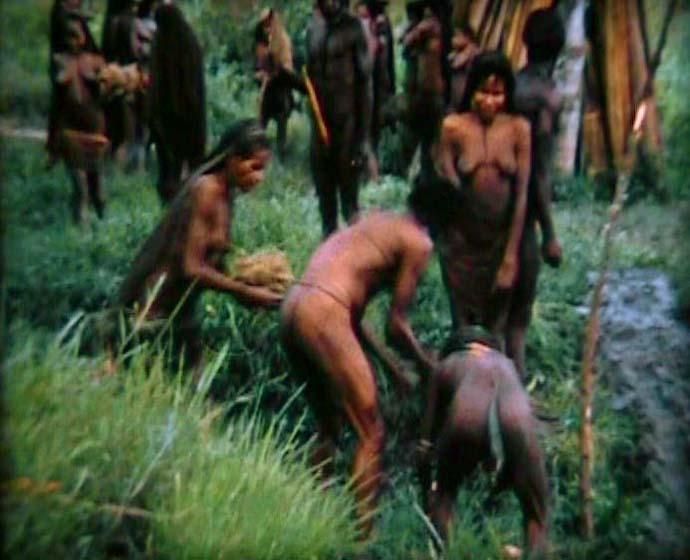

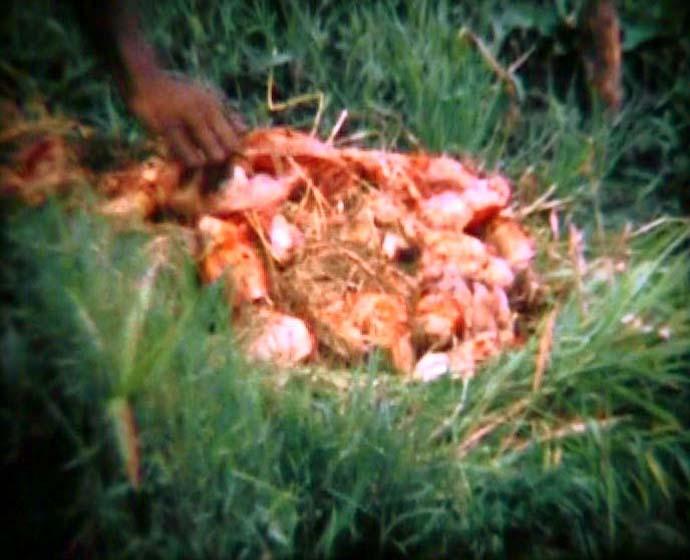

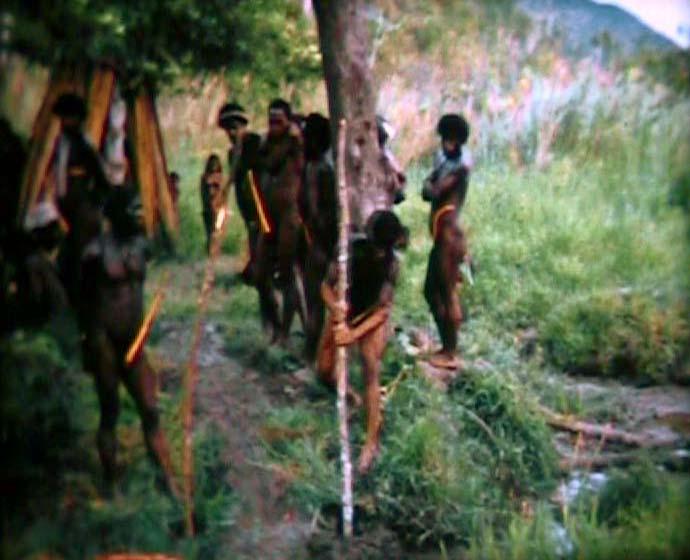

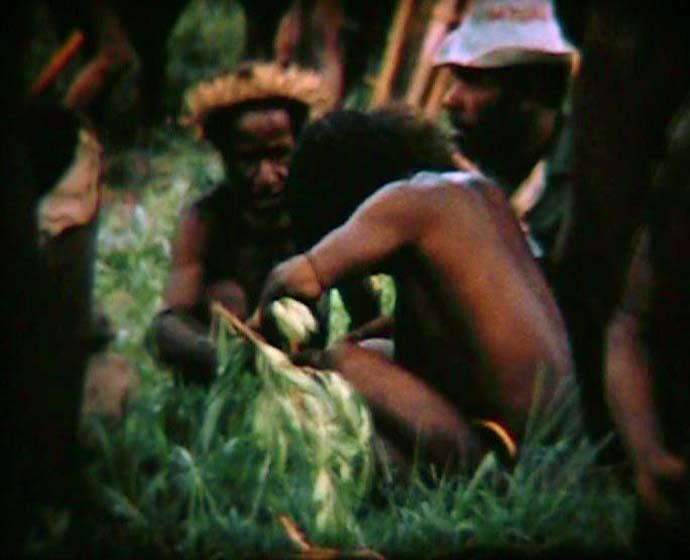

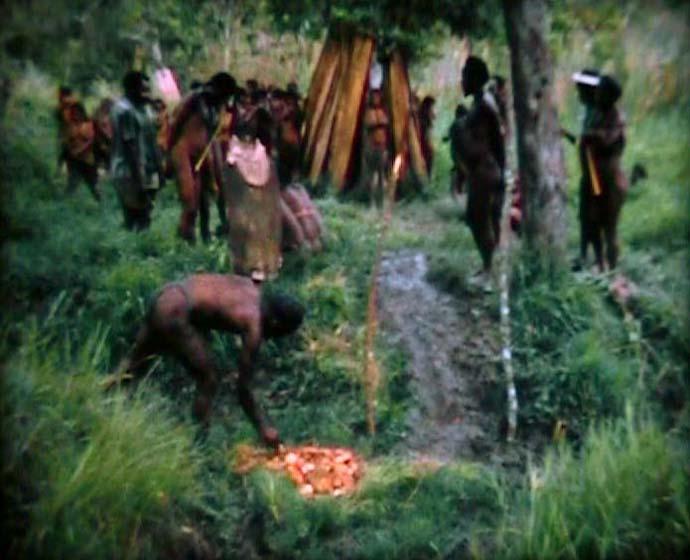

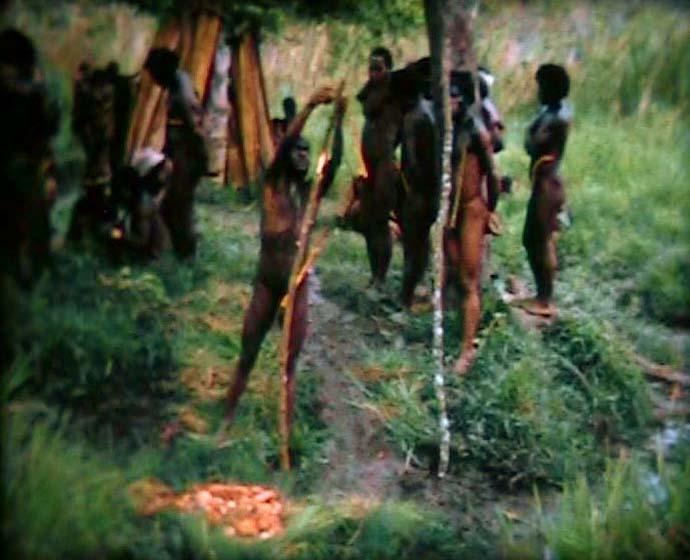

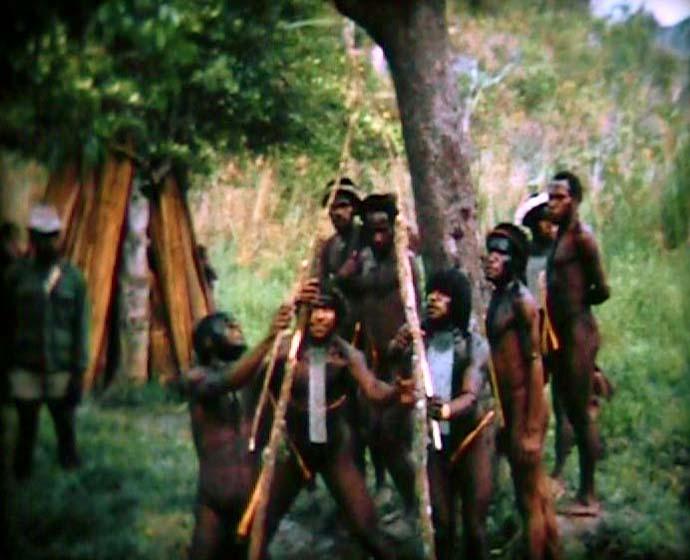

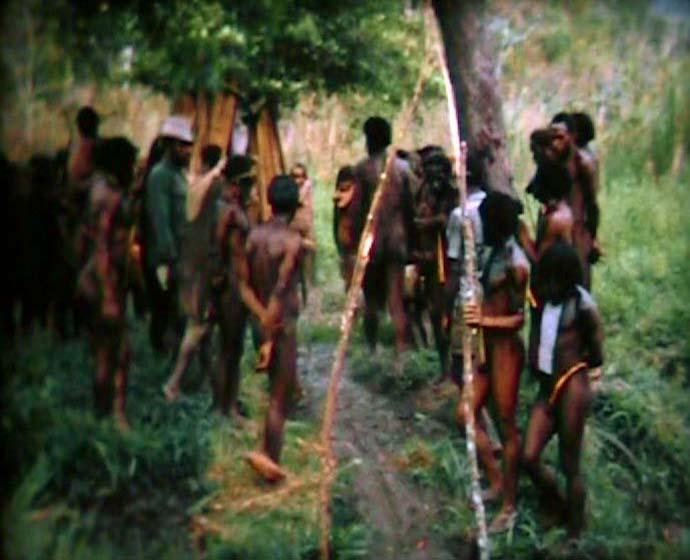

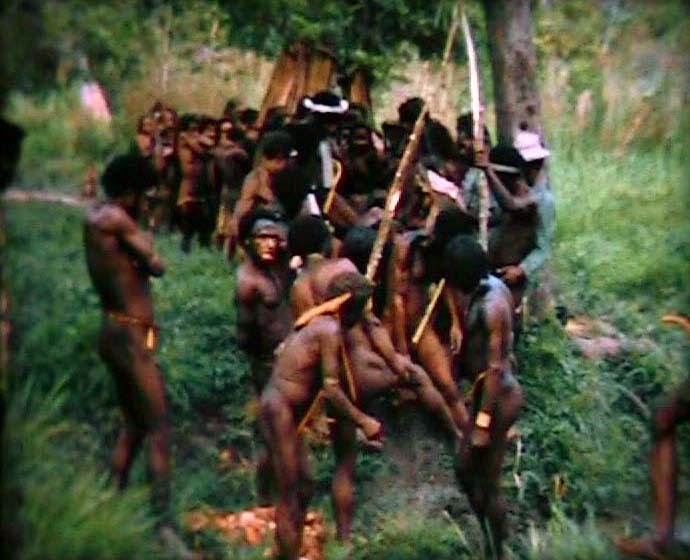

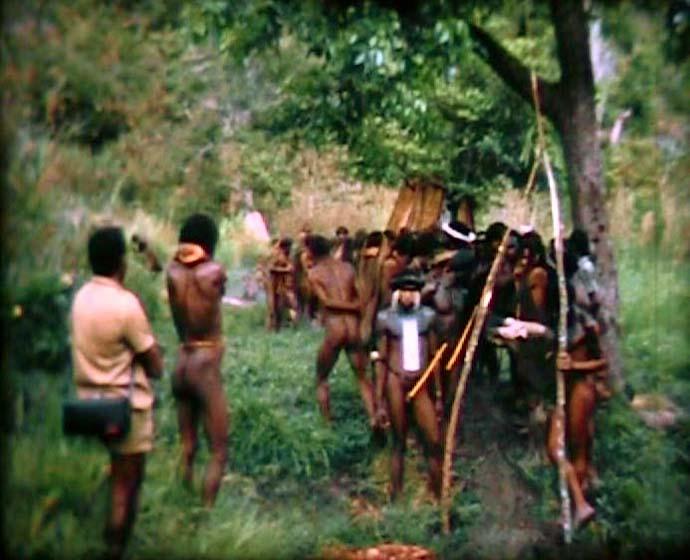

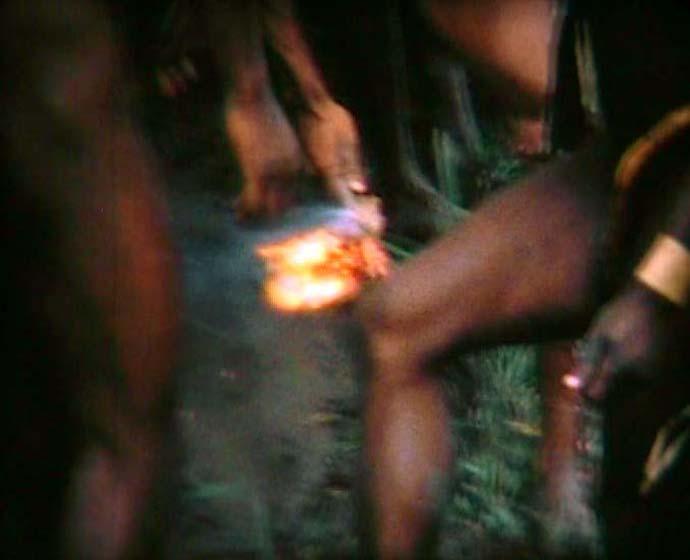

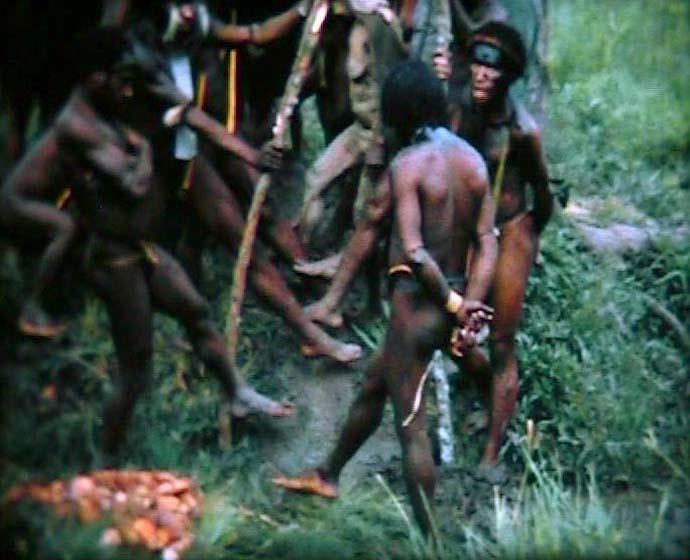

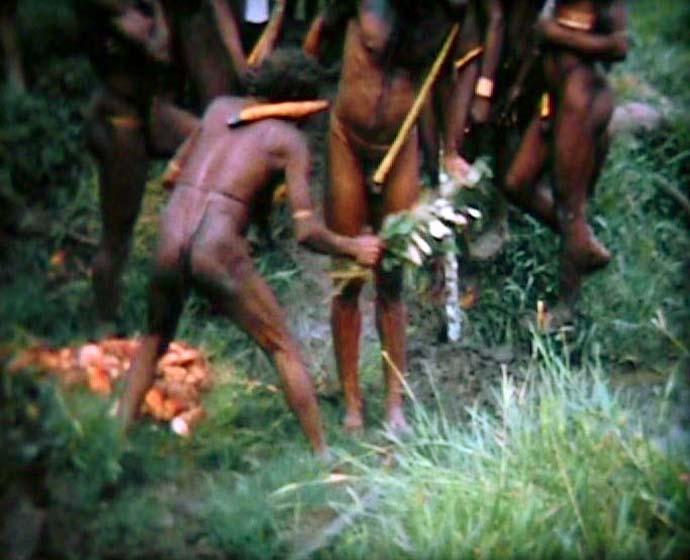



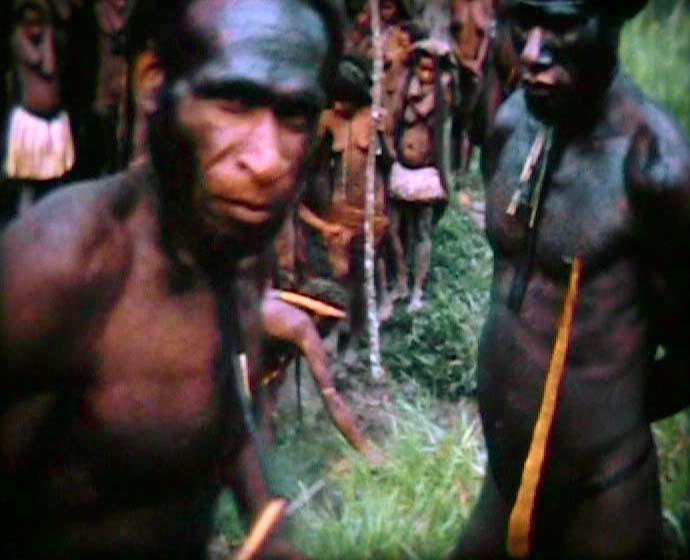



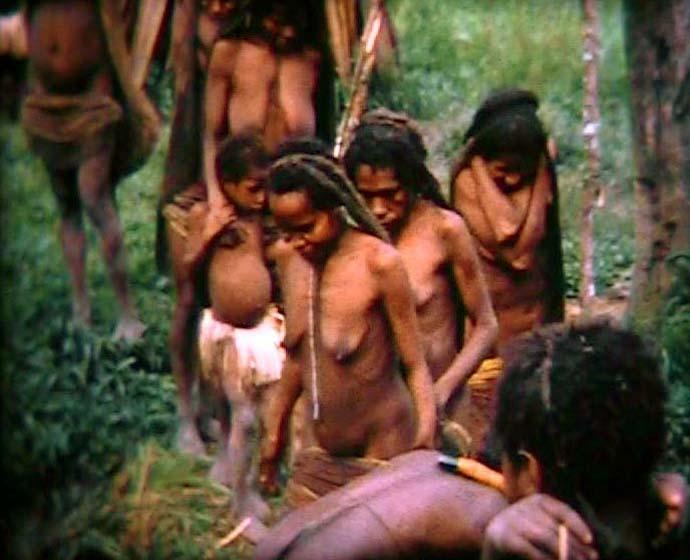

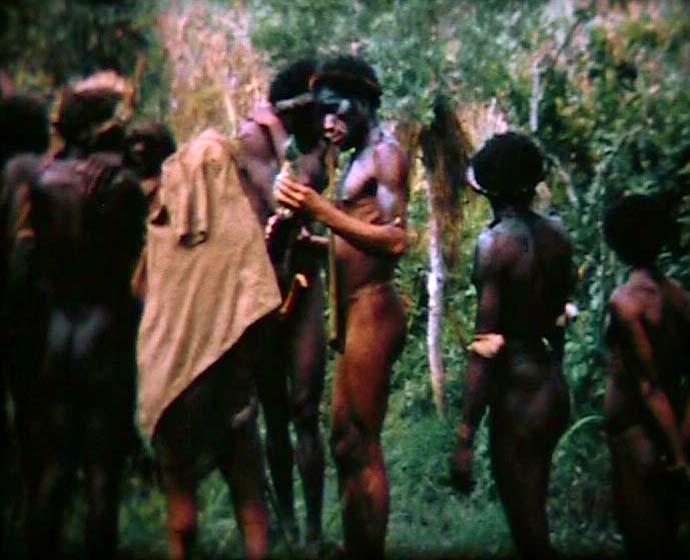

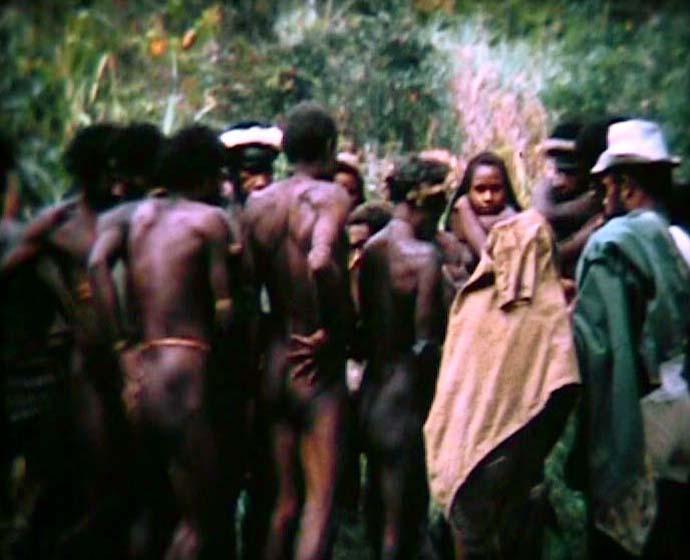

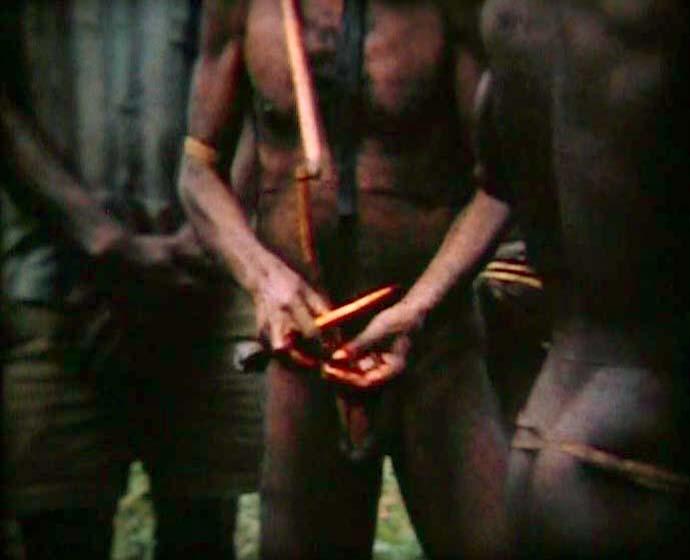

Ima Wusan II
Objectcode
FI/40/38
Film by father Jules Camps OFM, recorded in the 1970s in the highlands of Irian Jaya. This film is the continuation of the purifying ceremony seen in Camps 9, Ima Wusan I. While Ima Wusan I dealt with preparations in the compound of Obia, the actual ceremony is depicted here.
Contents
"Ima Wusan II" is the first part of Camps 10. The second part is called "Etai at Libarek". Film (Camps 10): Super-8, Kodachrome II, Colour Length : 68 meters Ima Wusan: approx. 40 meters Etai : approx. 28 meters Running time : Ima Wusan : 10 minutes Etai : 6 minutes Film date : Ima Wusan : December 1971 Etai : May 1971 Place : Ima Wusan at the compound Obia Etai at the dance ground at Libarek, 5 km from Yiwika, Baliem Valley, West Irian. Description of Ima Wusan II: This film is the continuation of the purifying ceremony seen in Camps 9, Ima Wusan I. While Ima Wusan I dealt with preparations in the compound of Obia, the actual ceremony is depicted here. The place of the ceremony is located on a short distance from the compound near an old irrigation ditch. The man in charge of the ceremony is the phatphale and is named Helela. Approximately 80 persons were active participants in this particular Ima Wusan. Ima Wusan part II begins by showing Munikarak actively engaged in making the ilasin, or where the water will flow during the ceremony. This small trench dips towards an irrigation ditch from an old garden. In this small trench he will also construct 3 small holes called pelai. Labisek and Helela are seen bringing tun eka and el eka, along with the wam amen which will be used in the rites. Into the pelai Helela will put small amounts of i or water, werap eka, wam amep and helisakup. Hymperi will be brought by the women and pig's blood will be put on them as they are placed together near the ilasin; the making of the pabi kagalek and preparation of the pabi completed, the rites are ready to begin. The men and women are lined up in two rows on each side of the ilasin; first the men, then the women. The pabi is passed under the legs of the participants alternating from side to side as words to erase the incest are spoken. This pabi is then thrown away. A second bundle is passed from the rear and is also discarded, again accompanied by incantations. A fire brand is then passed between the legs of the participants, ula ula sein. There is much joking and fun associated with this activity. Small amounts of additional water is then added to the pelai just before the hole walls are breeched and the fluid allowed to run down the ilasin beneath the legs of the participants through the arch into the irrigation ditch. In the sequence that follows, each person passes through the arch and crosses the irrigation ditch to a point where they are met by Helela. Helela has li and werasi eka which he dips into the water and symbolically cleans the legs of those who have to pass the arch. The first man does not pass through the arch and is made to do so. As individuals cross the ditch to be met by Helela, some can be seen raising their hands and shouting. They are confessing the name of the person with whom they have transgressed. Ekatlek is one of these who has committed incest. Blood is then put on the navel of each person and is accompanied by a blowing ritual. This is also done by Helela who then proceeds to put additional blood on the elbows and knees of the men, and on the buttocks of the women. After all those assembled have passed through the arch, the hymperi are gathered to be fed to pigs and all return to the compound. Here the pits will be opened and the contents consumed. The Ima Wusan is finished. The pigs will now grow big and strong; the contamination of incest has been removed. Persons : 1) Munikarok 2) Labisok 3) Helela Terminology : 1) ilasin : small ditch of Ima Wusan 2) tun eka - el eka - werap eka: leaves used in the ceremony 3) pelai: here refers to 3 small holes constructed 4) i: water 5) wam amep: pig's blood 6) helisakup: charcoal 7) pawi: name of wood used; also term for incest and fornication 8) pawi kagalek: term for arch 9) i huwalin: term for released water 10) li eka - werasi eka: name of leaves used to clean legs 11) inakla henin: blood and blowing portion of the rites This description of Ima Wusan and the Etai at Libarek was prepared by Larry L. Naylor, Southern Illinois University in collaboration with J.A.E. Camps ofm. Informants: Kurelu, Kirilmo and Uwo. See also Camps 11, Ima Wusan III.
Title
Camps 10
Year
1971
Technical detail
Film type
Amateur movie
Dating
dec. 1971
Color
Silent
Thesaurus terms
Cultural
Cultural origin » Papua » Central Highlands » Centrale Highlands » Baliem Valley
Geographic
Geographical term » Papua » Division Hollandia » Explorationressort Eastern Highlands » Baliem
Object category
OVM Category » religie en ritueel
References
PACE collection
Ima Wusan I (FI/40/15)
Ima Wusan III (FI/40/16)
Ima Wusan III (FI/40/16)
Copyrighthouder(s)
Minderbroeders Fransiscanen